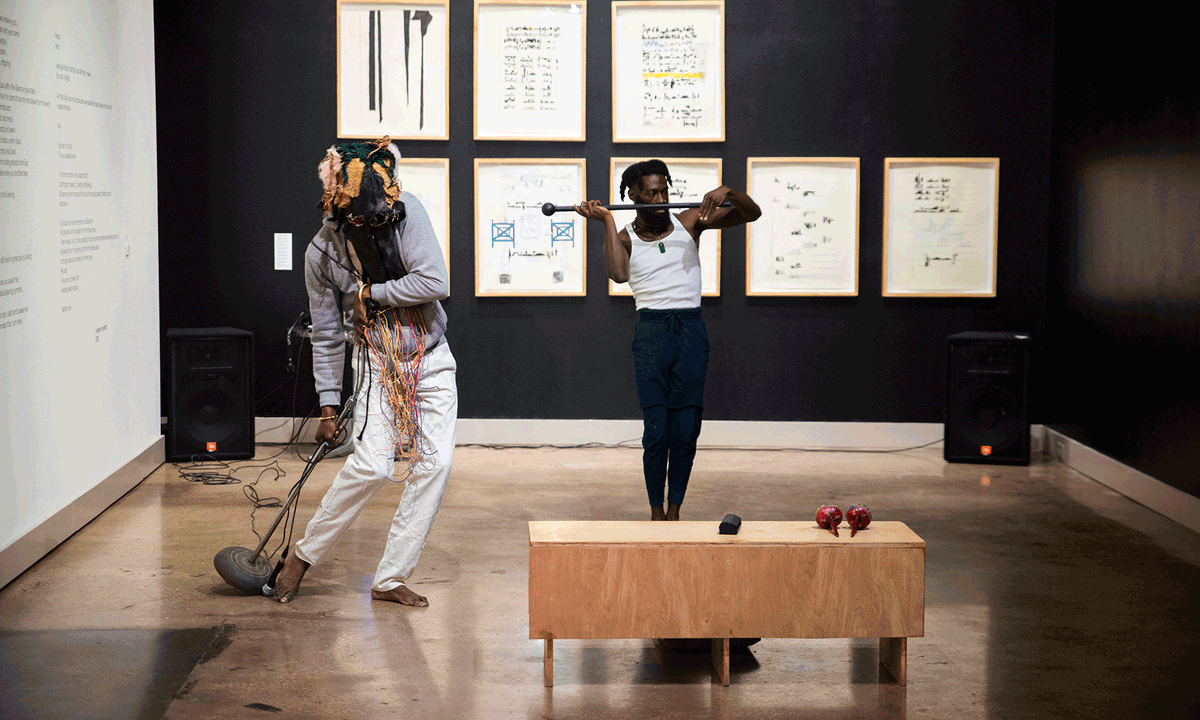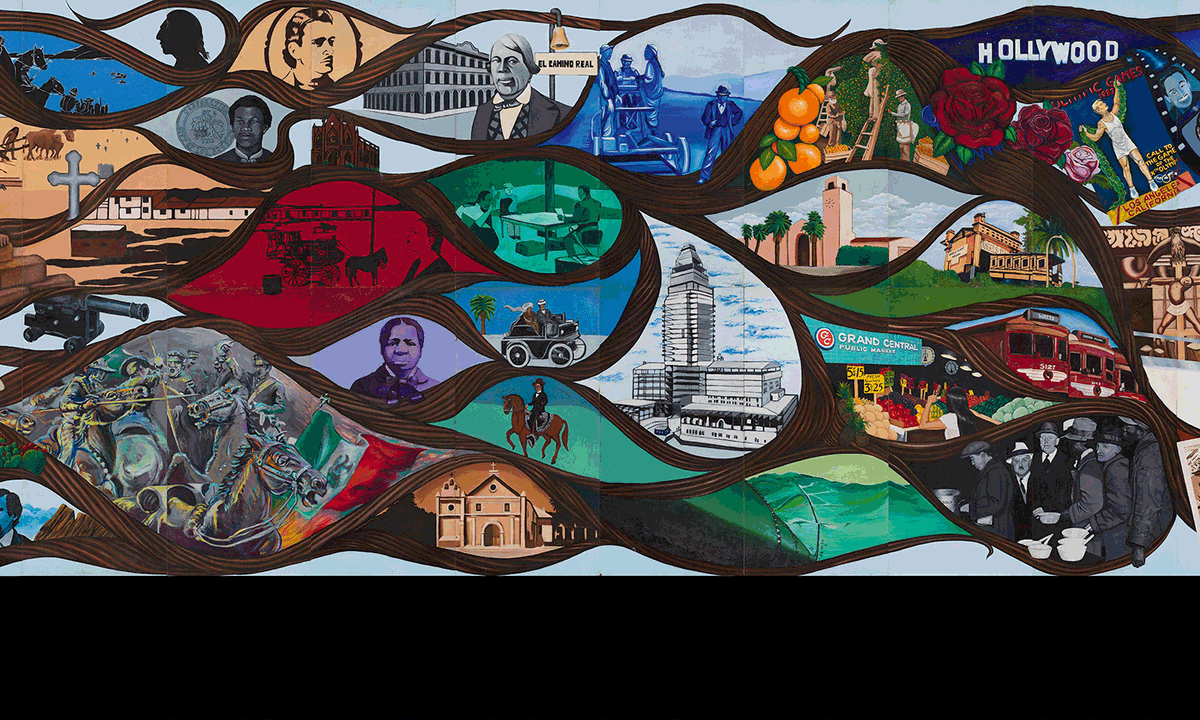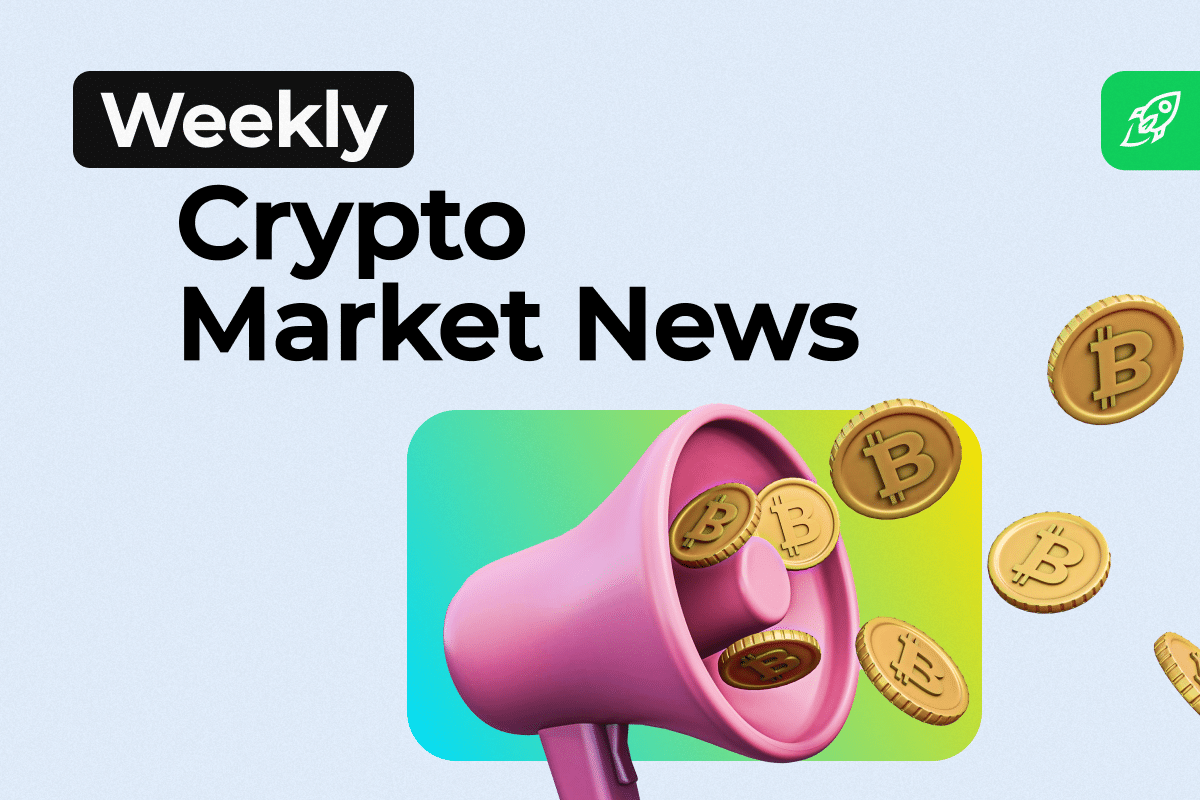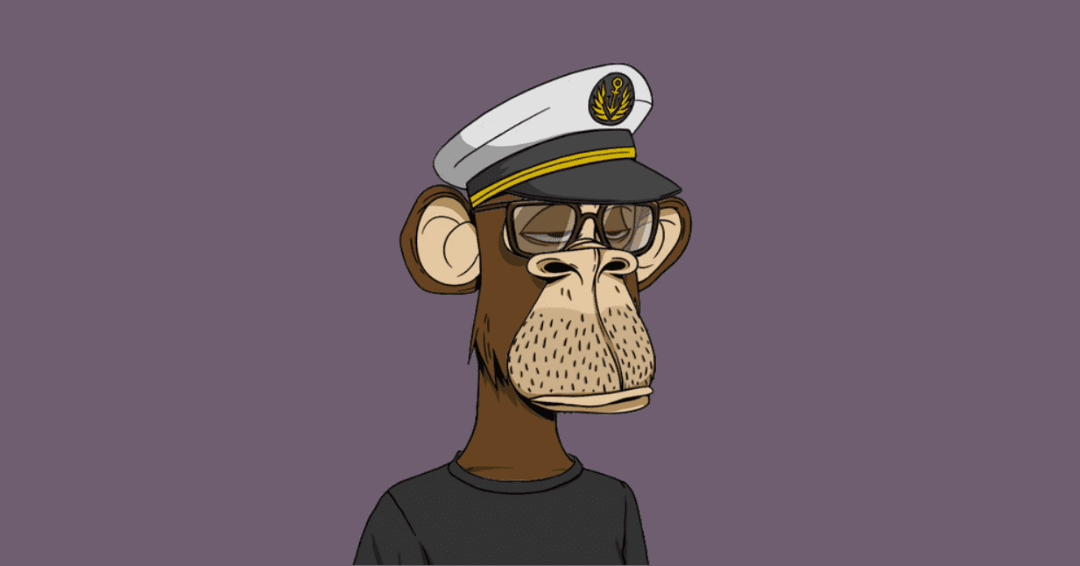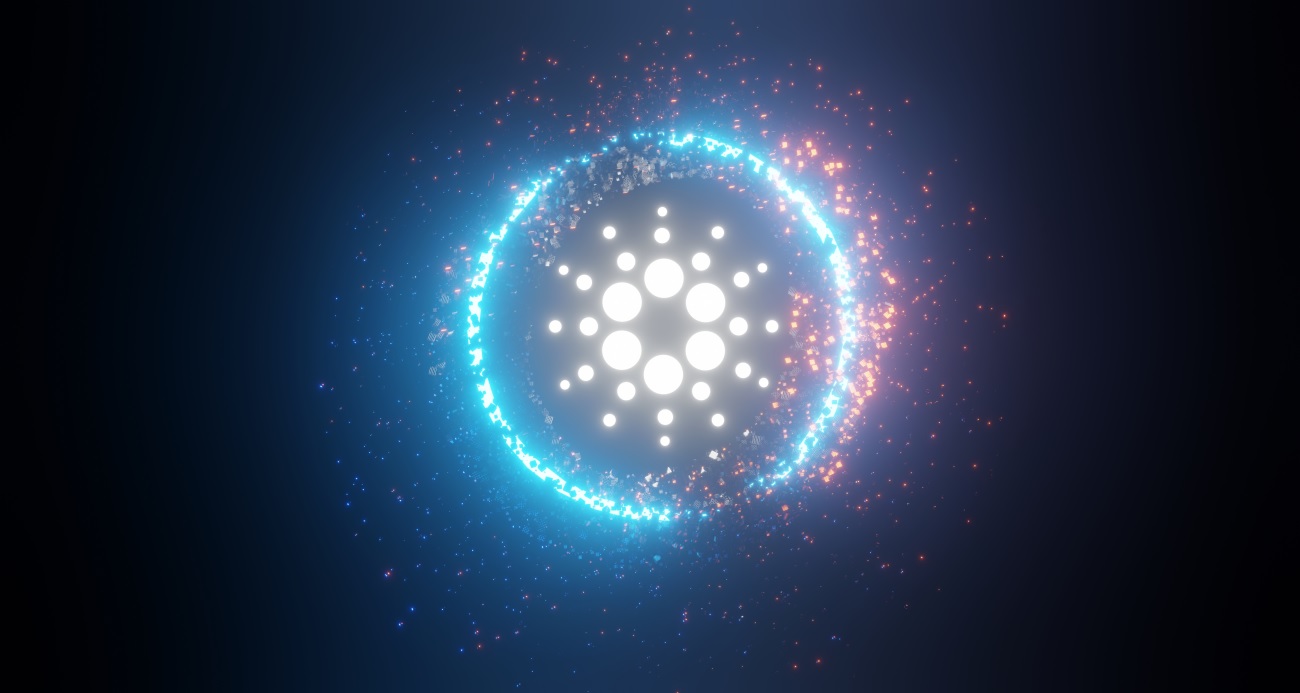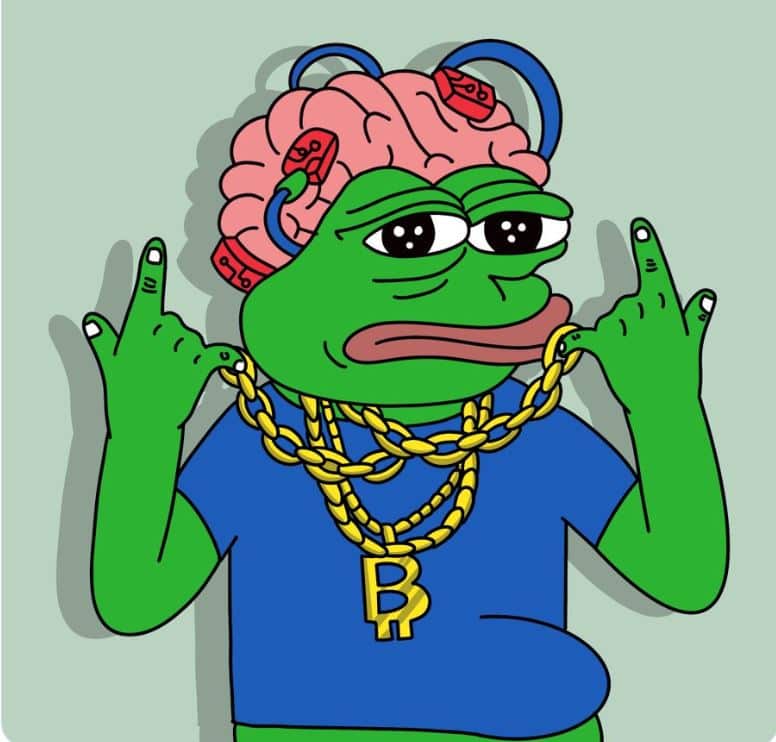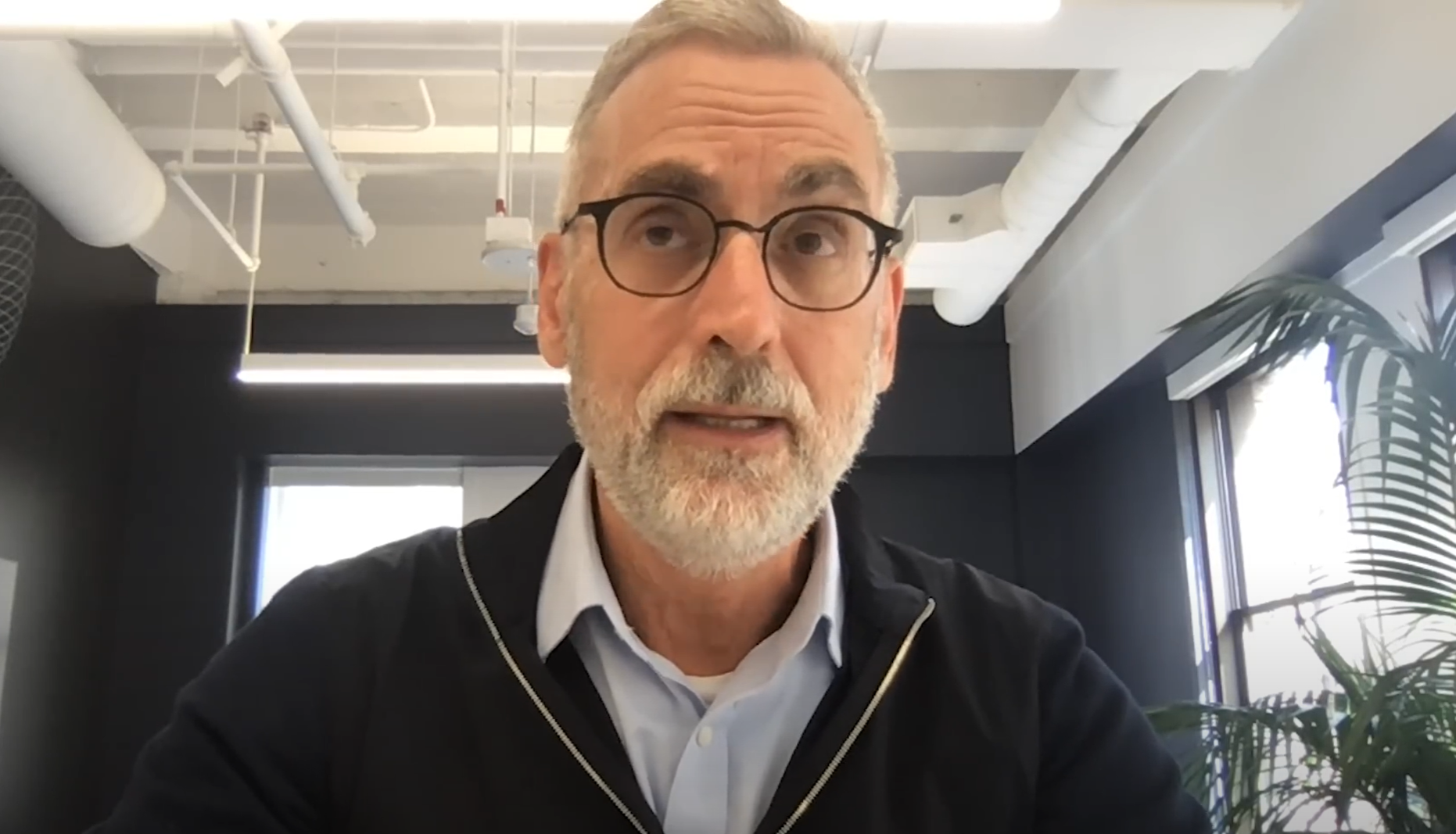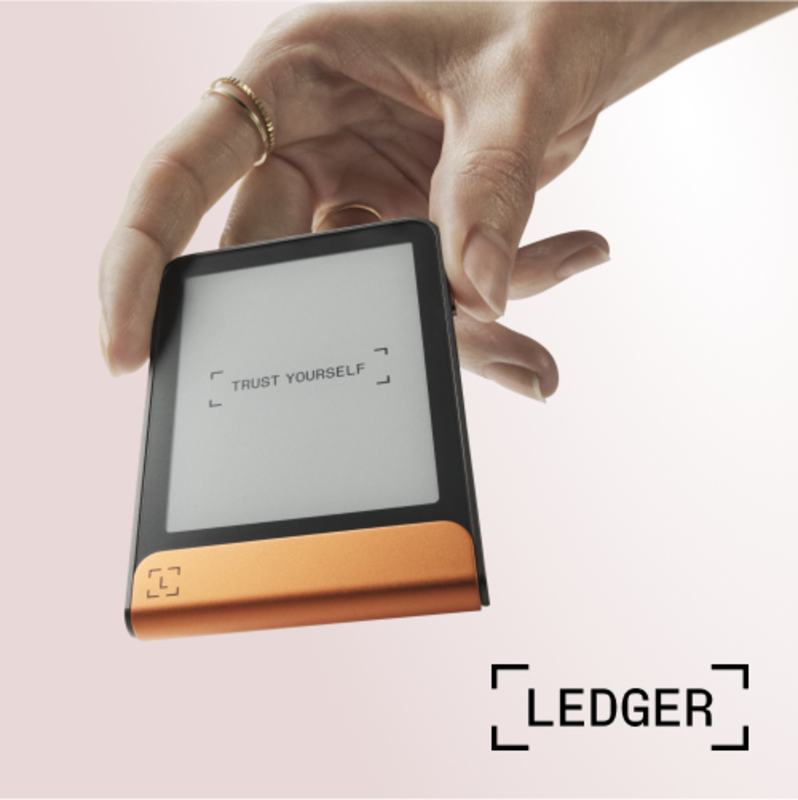General NFT buying and selling quantity has fallen a staggering 97 p.c from its peak in 2021, however the horizon of crypto artwork can declare one vibrant spot: the medium of and marketplace for generative artwork.
On December 1 at Artwork Basel Miami Seaside, the shape is taking the highlight on the Tezos and Fxhash exhibition, “Efficiency in Code: Deciphering Worth in Generative Artwork.” Rising generative artists corresponding to Ivona Tau and Tyler Boswell will probably be featured, and guests can mint their very own generative NFTs.
The exhibition follows the opening of Refik Anadol’s solo present at New York’s Museum of Trendy Artwork, the place generative artwork is receiving a serious museum showcase. On view is the artist’s newest data-driven architectural installations, created by inputing knowledge culled from MoMA’s personal archives—every thing from the pictures of Hans Haacke to work by Cézanne and Van Gogh—into code that generates chance-based waves and geometric shapes.
Such institutional recognition follows respectable, if cautious, market curiosity. All through 2022, main public sale homes Christie’s, Phillips’s and Sotheby’s have held generative artwork gross sales, with the latter’s April public sale fetching a complete of $2.3 million. Artwork Blocks, the platform based by Erick Calderon (a.okay.a. Snowfro) that’s been largely accountable for popularizing on-chain generative artwork, has additionally been performing remarkably nicely, regardless of the crypto bear market: its market cap as of September 2022 exceeds $841 million.
However at the same time as generative artwork may climate the flailing NFT market (its plunge currently fueled by FTX’s spectacular crash), the current mainstreaming of A.I. know-how might bode additional shifts within the discipline.
Vera Molnár, (Des)ordres (1974). Courtesy Phillips
Generative artwork emerged way back to the Nineteen Sixties, spearheaded by the pioneering likes of Vera Molnár and Herbert Franke, who used system-based design pondering to engineer random and iterative works. The shape has discovered new life on-chain with practitioners corresponding to Snowfro and Dmitri Cherniak deploying inventive coding and algorithms to generate variations with each mint of a wise contract.
“What these artists all have in widespread,” stated George Bak, a collector and artwork advisor, had been their “unwavering dedication to probability and management, a sort of cybernetic serendipity.” Based on Bak, who organized a generative artwork public sale at Phillips earlier this 12 months, the shape stays one of many least understood and appreciated genres of latest media artwork. Whereas the market could also be sluggish to embrace generative artwork, he added, establishments haven’t.

Janek Simon, Meta Folklore sculpture, primarily based on knowledge and AI, 3D Print, courtesy the artist and Raster Gallery Warsaw.
However currently, the emergence of A.I. turbines corresponding to OpenAI’s DALL-E have made generative artwork newly accessible—and even acceptable. For Janek Simon, the Polish artist whose Artificial Folklore mission noticed him use A.I. to reimagine varied ethnic traditions, the brand new A.I. fashions are a game-changer, and whose “meta folklore” sculptures primarily based on generative rules will probably be on view subsequent month at Nada Miami within the sales space of Warsaw’s Raster Gallery, says that “tlisted below are at the very least two eras in generative artwork: earlier than and after A.I.,” Simon informed Artnet Information, pointing to A.I. packages like DALL-E, Midjourney, and Async Artwork, which he has experimented with. However what really makes A.I. artwork attention-grabbing, he added, are “not simply tasks that use glitches and tacky options. In the event you actually need to get into it, A.I. and generative artwork, it is advisable to learn to code.”

Refik Anadol Machine Hallucinations: Nature Goals at Galerie König, Berlin. Photograph: Roman Maerz.
Being attuned to the slicing fringe of know-how, generative artists like Simon additionally hesitate to view A.I. as a risk to human creativity or artistry. “It might be tremendous tough for A.I. to provide you with an thought like placing a urinal on a plinth,” he stated, referring to Marcel Duchamp’s 1917 readymade, Fountain.
Cherniak, whose newest generative artwork assortment was created in partnership with the property of László Moholy-Nagy, echoed that sentiment. “I feel that we live in an more and more technical world, with more and more highly effective technological instruments, and humanity will at all times exhibit some type of creativity,” he informed Artnet Information. “It makes good sense to me that as these instruments as a result of extra accessible and most of the people turns into extra technologically inclined that they’d use automation and code for inventive pursuits.”
With or with out market curiosity, it appears, the sector of generative artwork is progressing apace, helped by a plethora of latest instruments and software program. Moreover Anadol’s showcase at MoMA, Tempo Verso, the Web3 arm of Tempo Gallery, has been recruiting a bunch of prime generative artists by way of its partnership with Artwork Blocks. Most lately, in October, the pair launched Loie Hollowell’s first NFT mission, a set of 280 generative sculptural abstractions.
These developments, alongside an institutional push, might doubtless clear a longer-term path for digital artwork and NFTs. “The machine brings alternatives to search out new types of expression that the artist adjusts primarily based on their imaginative and prescient,” stated digital artwork curator Aleksandra Artamonovskaja. “For some, the machine is rather like the paintbrush, whereas for others, the token is the medium—the canvas for creation.”
Comply with Artnet Information on Fb:
Need to keep forward of the artwork world? Subscribe to our e-newsletter to get the breaking information, eye-opening interviews, and incisive vital takes that drive the dialog ahead.



